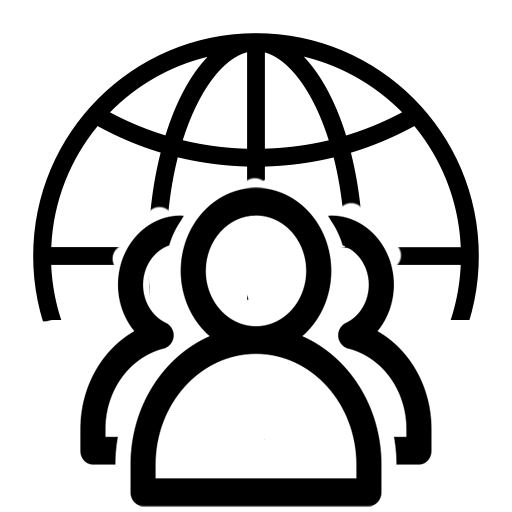Talent Knowledge Framework

Talent management begins with a strong organizational culture that is geared towards creating an environment where a diverse group of staff can do their best work and thrive. Workforce planning is a process taken on by senior leaders to define organizational structure in the context of its overall strategy, identify critical roles and analyze organizational skills gaps. The information gathered in this process is then used to drive other talent management processes in the years ahead.

The employment cycle is one of the most significant aspects of an organization's talent processes. These elements--recruitment, performance management, succession planning, and compensation--directly touch employees throughout their experience with the organization.

Key to the overall success of the talent management strategy is the organization and employees' ability to learn and grow. Equally foundational to an organization's talent strategy, are conistent HR processes--with or without dedicated staffing.


